-This article is reprinted from the official account: Fun Tibet-
West of Tibet
There is a place called Ali
It is said that only the Ali
It is the real Tibet that has been reached
Ali
It is the place where the Himalayas, the Gangdise Mountains and other mountains meet, and it is called “the ancestor of ten thousand mountains”.
It is the birthplace of the Yarlung Zangbo River, the Indus River, and the Ganges River, and is also known as the “source of all rivers”.
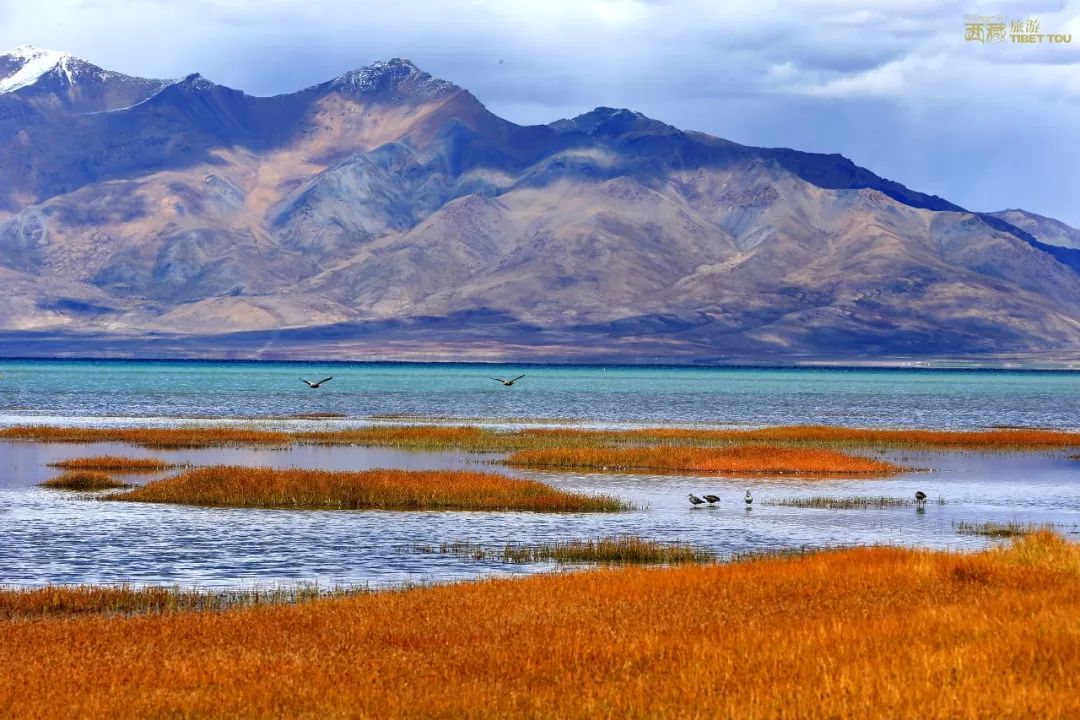
The total area is 345,000 square kilometers
One of the least densely populated regions in the world
Located in the northern part of the Qinghai-Tibet Plateau – the Qiangtang Plateau
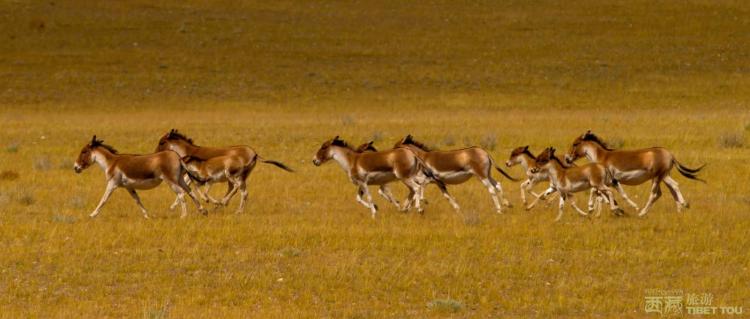
It starts from Zamei Mountain in the west of Tanggula Mountain in the east, and is connected with Nagqu; in the southeast, it borders Shigatse Zhongba, Saga, and Angren counties in the middle section of Gangdise Mountain; Connecting the western part of the Himalayas, it is adjacent to Kashmir, India and Nepal.
The best time to travel in Ngari area is from July to September . As Ngari is one of the least densely populated areas in the world, most of the places belong to the largest Qiangtang no-man’s land in China. It has always been regarded as extremely far away, and the harsh natural environment has prevented us from understanding it. Many people may not know where Ali is, but it has the ultimate scenery, which makes countless people yearn for it!
01. Gang Rinpoche

Kailash is one of the four sacred mountains of Tibetan Buddhism, and it is also a sacred mountain in many religions. It is called Mount Jiluosuo in Sanskrit. The northern foot of Mount Kailash is the birthplace of the Shiquan River on the upper reaches of the Indus River.
According to legend, Yongzhong Bon religion originated from this mountain; Hinduism believes that this mountain is the residence of Shiva, the center of the world; The residence of Shengle King Kong represents immeasurable happiness, and there are many believers who turn around here all the year round.
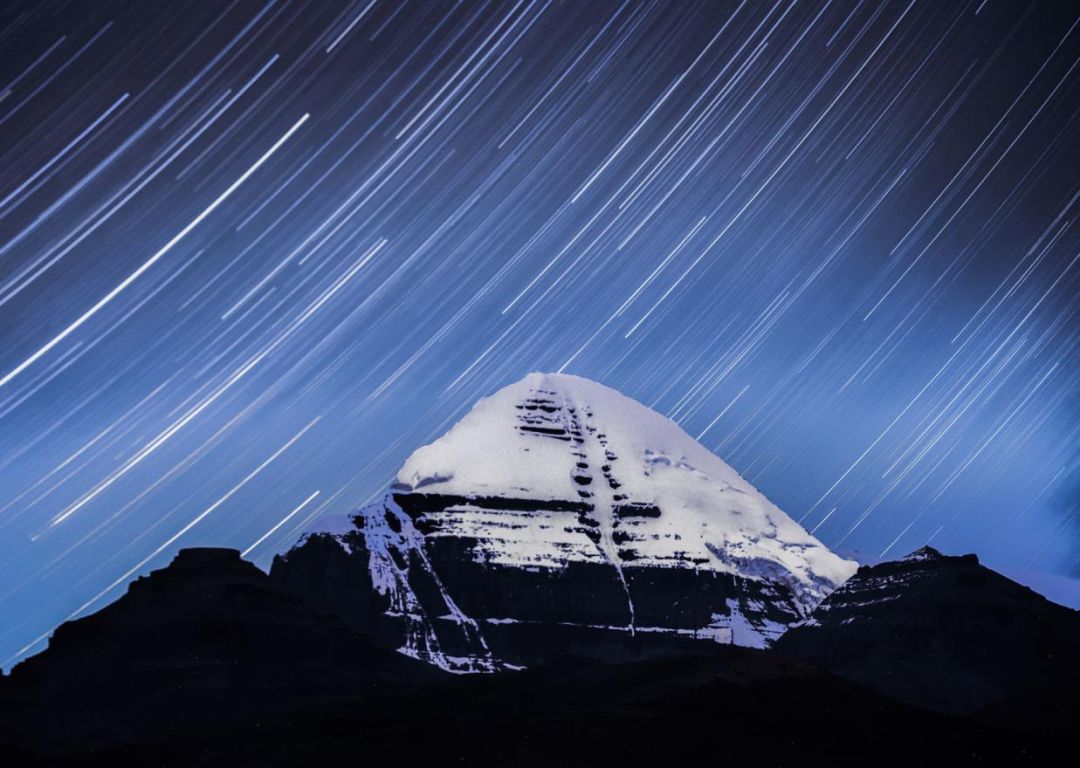

Attraction Type: Mountain
Suggested play: 2 days
Tickets: Shenshan (Kang Rinpoche) Holy Lake (Mappang Yumco) joint ticket 200 yuan
Opening hours: open all day
Address: North of Baga Township, Alipuran County, Tibet
Note: You must apply for a border pass to go to Mount Kinabalu. There will be a checkpoint in Baga to check the border pass. In addition, there is no shuttle bus here, so you can only take a ride or charter a car.
02. Namunani Peak
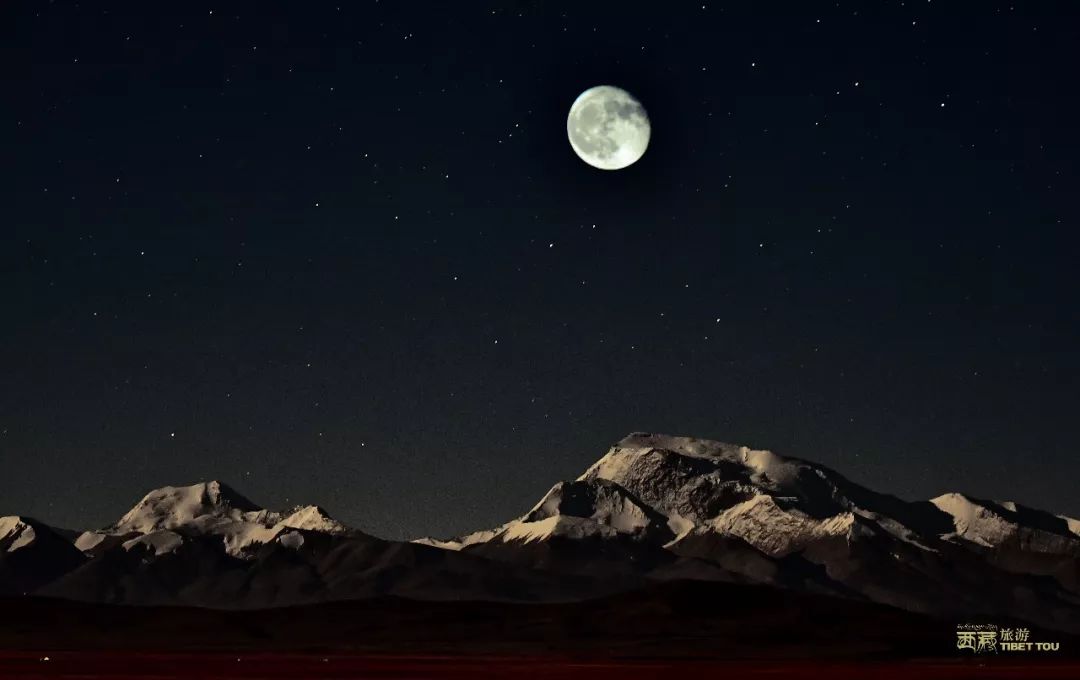
Namunani Peak is called “Mountain of Our Lady” or “Goddess Peak” by local people. The ridges in the west are arranged in a fan shape from north to south, and the only ridge in the east has been eroded into a blade ridge, which is very steep, forming a cliff with a height difference of nearly 2,000 meters. In contrast, the slope to the west is relatively gentle, with five huge glaciers pouring between the canyons, and the ice is covered with ice crevasses and ice cliffs.
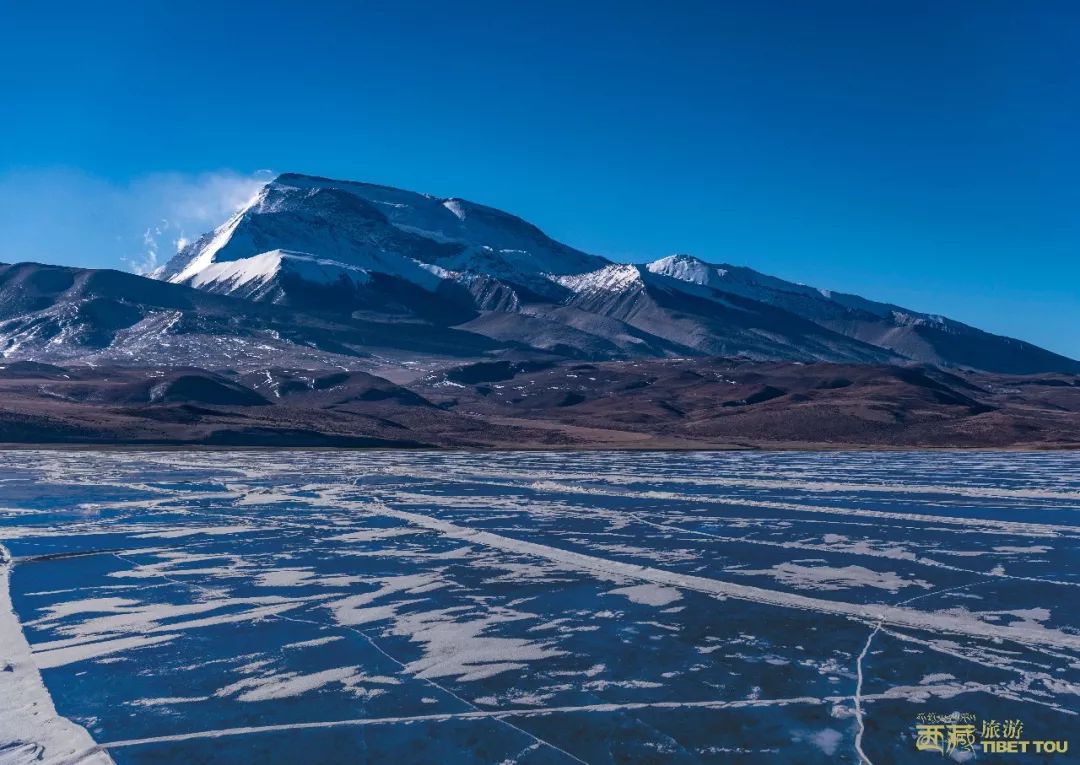
The time for climbing Namunani Peak is usually from May to late June. During this period, there are many good weather and it may last for 6-8 days. The rainy season begins in early July, with the most rainfall in July and August.
Attraction Type: Mountain
Suggested play: 1 day
Tickets: None
No opening hours: open all day
Address: Alipuran County, Tibet
03. Manasarovar Yumco
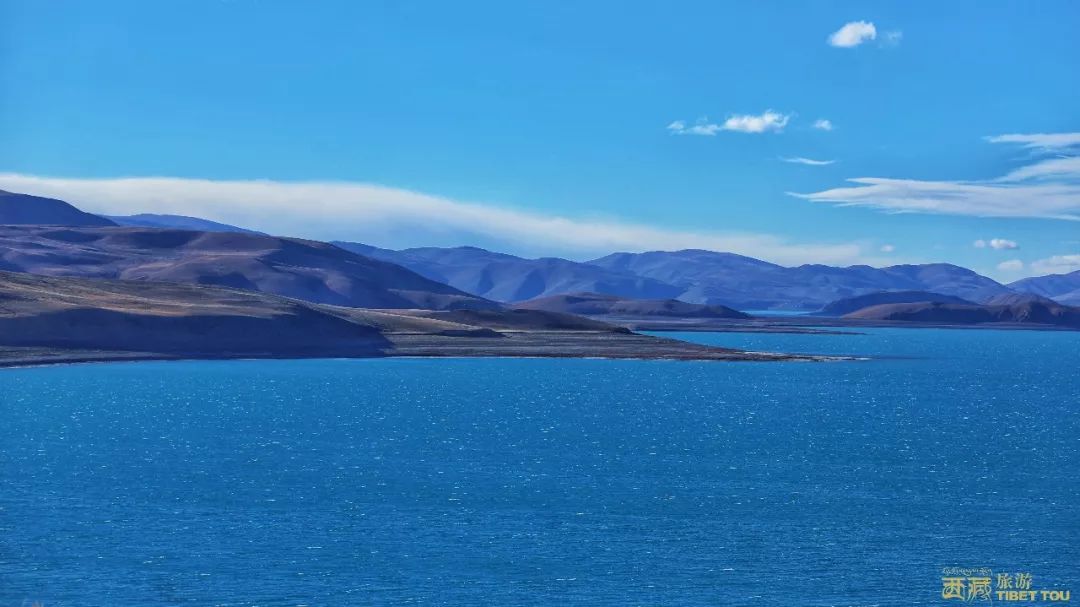
Mapang Yongcuo was first named “Ma Chui” , or “Ma Chui Cuo” , which is the name of Guangcai Dragon King of Yongzhong Bon religion. It is said that Mapang Yongcuo is the most holy lake, the nectar bestowed by Shengle Dazun to the world, and the holy water can cleanse the troubles and obstacles in people’s hearts.
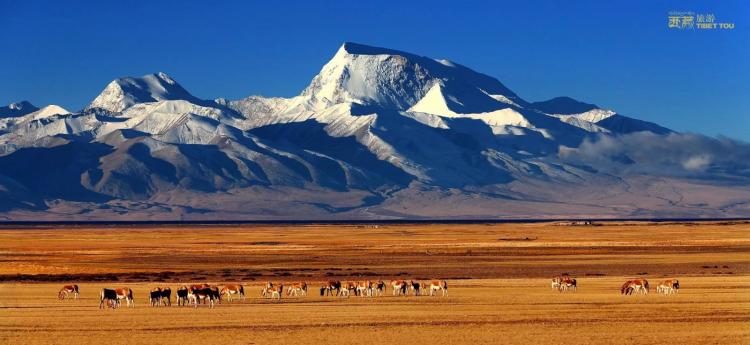
She is the oldest and most sacred place among all the holy places of Yongzhong Bon religion, Indian Buddhism, and Hinduism. She is the perfect lake in the soul. Hinduism says it is the abode of Lord Shiva.
Attraction Type: Lake
Suggested play: 1 day
Tickets: 150 yuan
Opening hours: open all day
Address: 35 kilometers east of Alipulan County, Tibet
04. Laangcuo
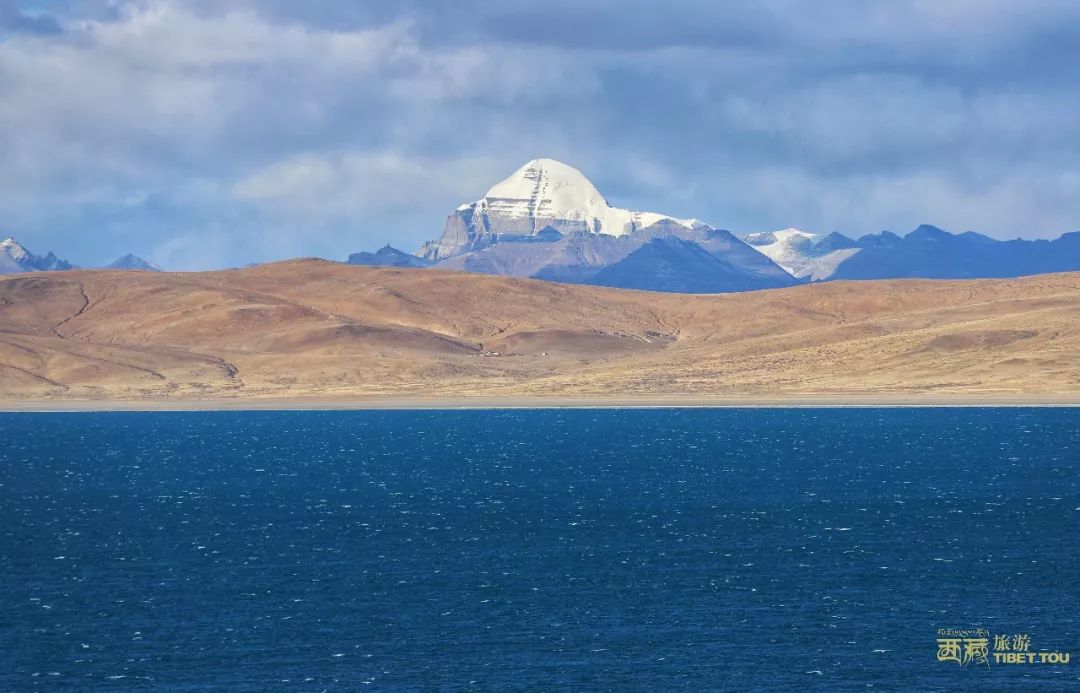
Laangcuo Lake, known as Ghost Lake , means ” poisonous black lake ” in Tibetan. Laangcuo and Mapang Yumcuo were once connected, but they were divided into two lakes due to the decline of the lake level.
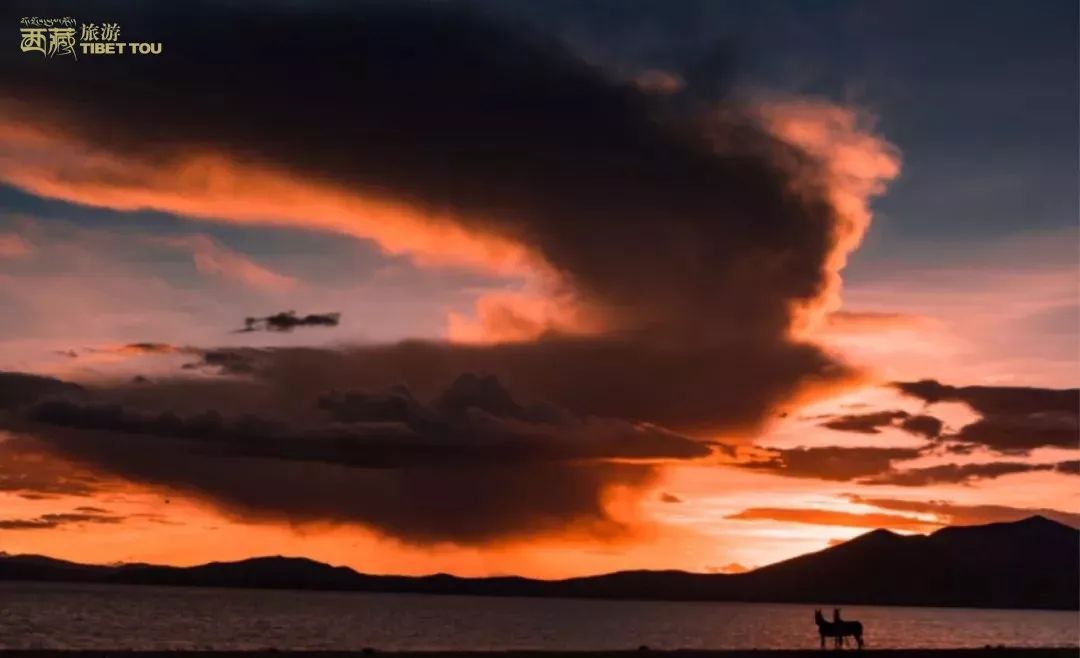
The scenery of Laangcuo is also beautiful, and the lake is also intoxicatingly blue. In fact, the Holy Lake Ghost Lake was originally a lake. After the glacier melted, the debris carried by the glacier accumulated in the middle of the original big lake, causing the lake bed to rise, and then global warming. , Evaporation intensifies the shrinkage of glaciers, reduces the amount of recharge water, shrinks the area of the Great Lakes, and causes the water level of the lakes to drop. Because it is a brackish lake, the lake water is not drinkable, and there are few plants around the lake, so it is called “ghost lake”.
Attraction Type: Lake
Suggested play: 3 hours
Tickets: 35 yuan
Opening hours: open all day
Address: Alipuran County, Tibet
05. Pangong Lake
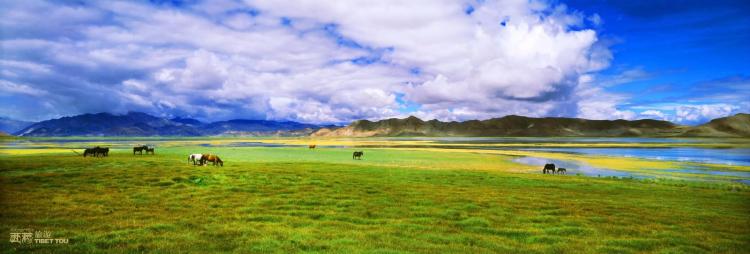
Pangong Lake (Pangongcuo), also known as Cuomuangla Hongbo , means “long-necked swan” in Tibetan . It has the highest altitude bird island in the world. It is a structural lake. It is narrow and long from east to west, extending about 143 kilometers from north to south. The widest point is about 5 kilometers, with a total area of 604 square kilometers. The average altitude of the lake is 4241 meters, and it is an internal flow lake with a drainage area of 28714 square kilometers. It consists of three long and narrow lakes with communicating channels between them. The deepest part of the lake is about 57 meters. The water quality in the eastern part of the lake is fresh water, while in the central and western part it is salt water. Schizothorax is abundant in the lake.
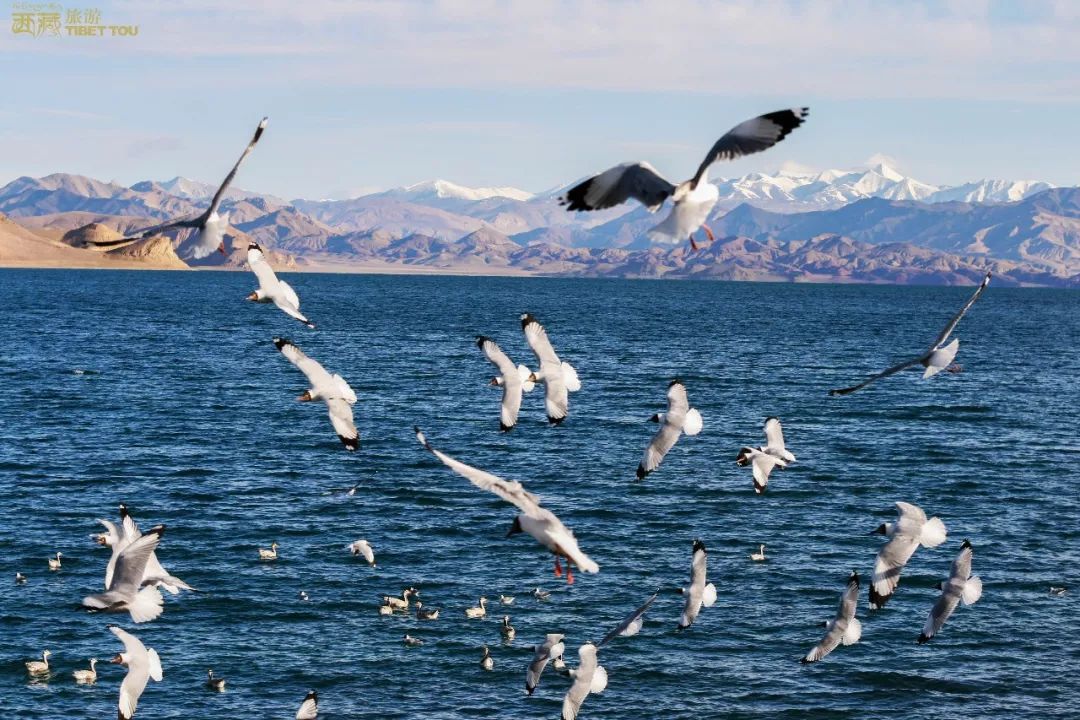
From May to July every spring and summer, there are tens of thousands of bar-headed geese, brown-headed gulls, crested shelducks and more than 20 kinds of water birds inhabiting the Bird Island in the center of Pangong Co Lake. You can rent a boat to visit the lake, or you can go to Bird Island to see the nests, eggs, seagulls and bar-headed geese.
Attraction Type: Lake
Suggested play: 3–4 hours
Tickets: 30 yuan
Opening hours: open all day
Address: Ritu County, Ngari, Tibet
Tips: 1. The cost of renting a boat in the scenic area to visit the islands in the lake is 80 yuan per person, and you can bargain. 2. There are inns and restaurants by the lake, and the cruise ships at the pier also belong to this one. If the weather is fine, you can also choose to pitch a tent by the lake; the eggs on the island are protected and must not be taken away.
06. Zari Nanmutuo

Zari Nanmutuo, the third largest lake in the Tibet Autonomous Region, is a national famous wetland.
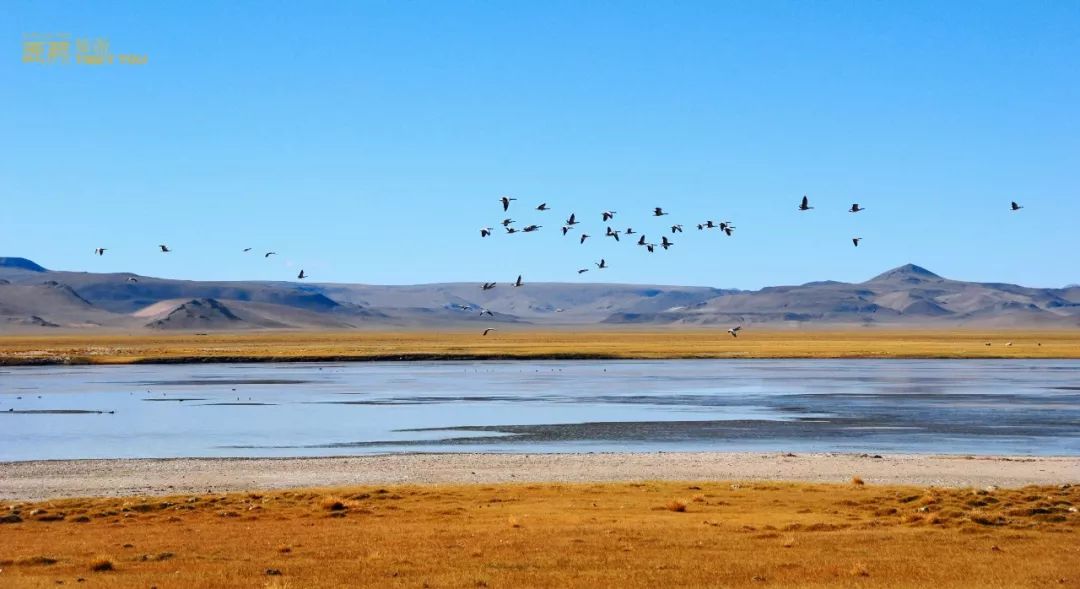
Zarinanmu Co Lake is wide, with warm monsoon winds and sunny days, distant mountains like daisy, and desolate grass around the lake. It is a good pasture, rich in precious purple cashmere goats. There are groups of Tibetan antelopes, wild donkeys and other wild animals along the lake, galloping on the lakeside field. Because Zari Nanmu Co is an inland lake that has been closed for a long time, it is a saltwater lake with blue water and good transparency, but there are few aquatic organisms. Dense aquatic plants and algae grow only in the shallow water area where Cuoqin Zangbu in the northwest of the lake enters the lake. , attracting flocks of waterfowl for food.
Attraction Type: Lake
Suggested play: 3–4 hours
Tickets: None
Opening hours: open all day
Address: In Cuoqin County, Ali, Tibet
07. Dawacuo

Dawacuo, also known as “Dawacuo” , which means “Moon Lake” , is located in Cuoqin County, A Prefecture, in the north of Cuoqin County. The lake is 4626 meters above sea level and covers an area of 114.4 square kilometers. The climate in the lake area is cold and dry, with an average annual temperature of around 0°C and an average annual precipitation of 200-300 mm. The lake is mainly recharged by runoff from ice and snow melt.
Attraction Type: Lake
Suggested play: 1 hour
Tickets: None
Opening hours: open all day
Address: In Cuoqin County, Ali, Tibet
08. Zanda soil forest

The Zanda soil forest is a special landform formed by water erosion, winding for tens of miles, with a history of about 1100 years. Zhada Earth Forest is the ruins of the palaces and temples of the Guge Kingdom. It was formed by the geological changes of the ancient Great Lakes, lake basins and river beds over tens of millions of years. The earth forest with an area of nearly several hundred square kilometers is full of high and low scattered “forest trees” in various shapes, and there are cave sites of early humans.
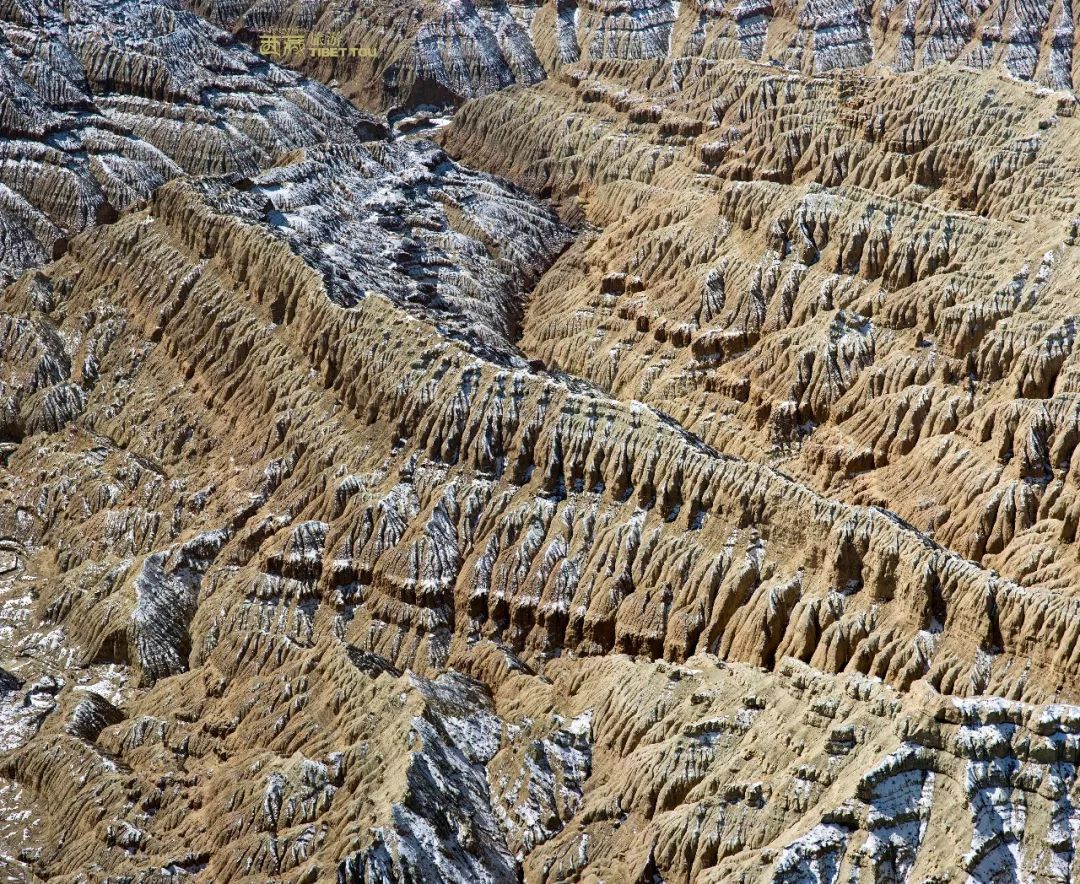
Looking from a distance, the eyes are full of magnificence; against the backdrop of the psychedelic light and shadow on the plateau, it looks like a mythical world. If you take a closer look, you will see that the Xiangquan River is surrounded by soil and forests, and the way is endless. The unique wonders in the world are like majestic and magnificent temples, like fortified watchtowers, like magnificent towering pagodas, like extremely luxurious ancient palaces, like simple and majestic European-style castles, and some are like galloping horses, roaring their heads high. The heavens, such as religious practice, pious meditation, all phenomena of nature, are innumerable.
Attraction Type: Natural Landscape
Suggested play: 2–3 days
Tickets: 250 yuan
Opening hours: 8: 00–17: 00
Address: In Zhada County, Tibet
Note: You need to apply for a border defense certificate in Zada; also pay attention to high reactions and bring anti-altitude reaction products.
09. Ruins of the Guge Dynasty
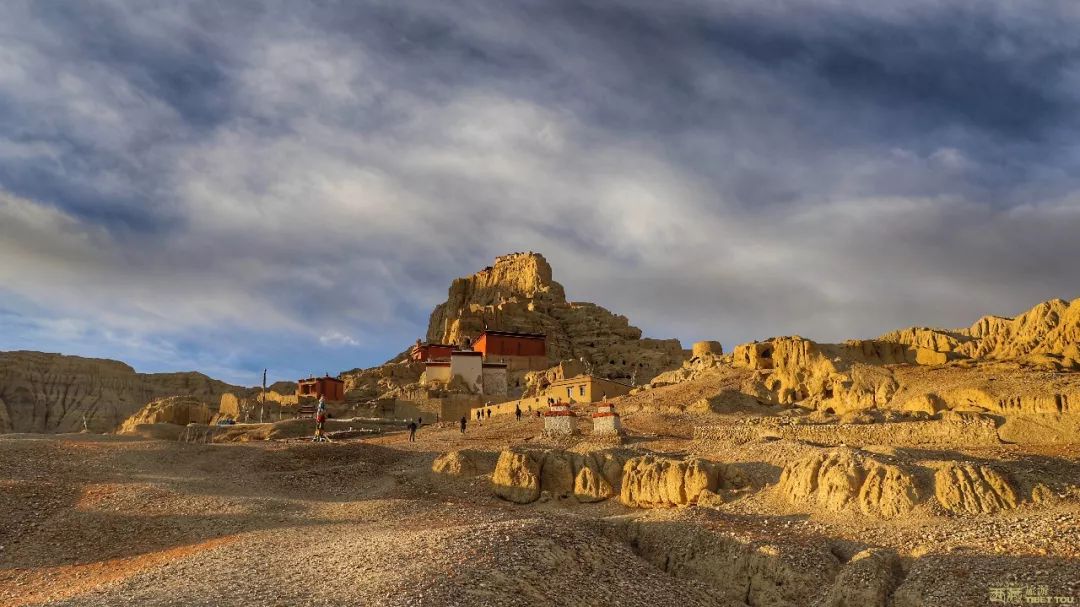
The ruins of the Guge Kingdom are located on a dirt hill in the Ngari area. It was established in the first half of the 10th century AD, and there were 16 hereditary kings before and after. The palace and castle were continuously expanded from the 10th to the 16th centuries. Covering an area of about 180,000 square meters, the terrain is steep, and caves, pagodas, watchtowers, temples, and royal palaces are arranged in an orderly manner, from bottom to top, stacked on top of mountains, straight to the sky, magnificent and magnificent.

Most of these caves are living rooms, densely packed all over the hillside. There are 5 temples and halls that are better preserved. There are clay statues of Buddha and colorful murals in the temple. The site is a precious material for studying the history of Tibet and the history of Tibetan architecture since the 10th century AD.

The ruins of the Guge Dynasty are surrounded by earth forests far and near. Because they are built with sticky soil from the surrounding earth forests, the broken walls of the ancient castle are integrated with the earth forests under their feet. Distinguish what is a castle and what is an earth forest. Whenever the dawn rises or the night falls, the Guge ruins will reflect a kind of incomplete beauty and tragic beauty against the background of the earth forest.
Attraction Type: History and Humanities
Suggested play: 1 day
Tickets: 50 yuan
Opening hours: 8: 00–19: 00
Address: Tuolin Town, Zanda County, Ali, Tibet
Note: The Guge site is located 20 kilometers west of Zada, with inconvenient transportation and a remote location. If you don’t come by chartered car, you can try to wait for the occasional passing military vehicles at the intersection south of the county seat. If the car is going to Zhaburang Village, the Guge site is 1 km west of the village.
10. Silver City of the Vault

Dome Silver City, also known as Qionglong Silver City , is the capital of the ancient Zhang Zhung Kingdom in Tibet. It is located on the top of Kardong Mountain at an altitude of 4,400 meters, covering an area of more than 100,000 square meters.
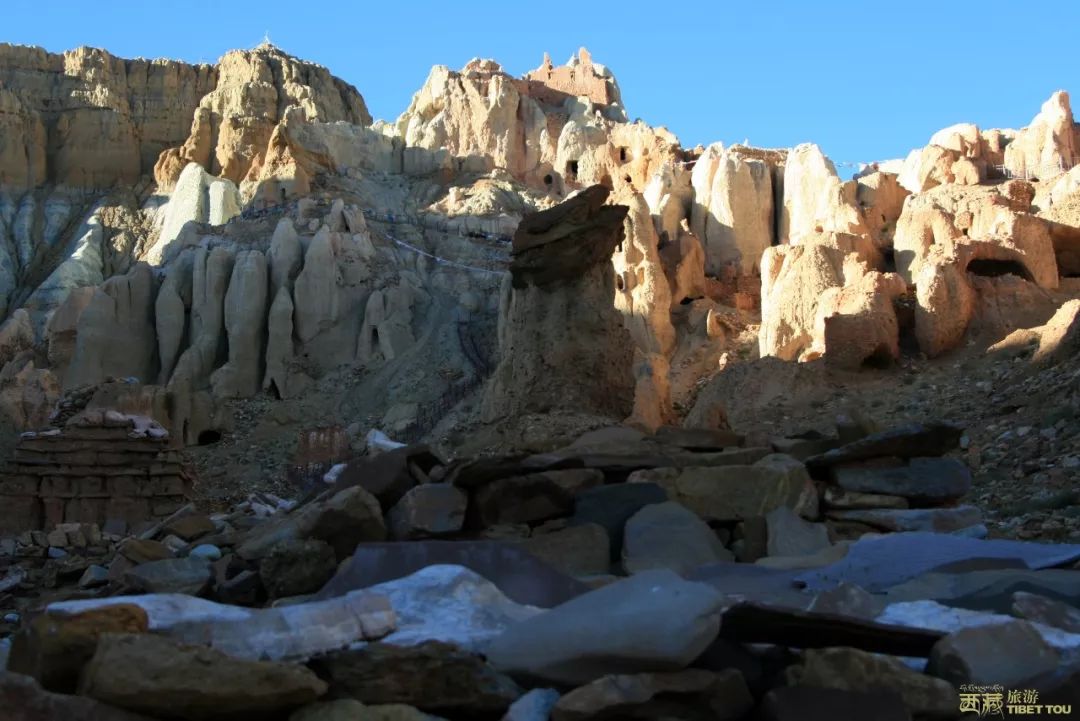
In Tibetan it is “Qiong Longwekar” . ” Qiong” means Mipeng, “Long” means “place”, and “Qiong Long” means the place where Mipeng lives. “Wei” originally means silver, and here it is extended to silver, and “Carl” means castle. In short, Joan Longwekar is the “Silver City of Dapeng”. The ancient Zhang Zhung civilization is the true root of Tibetan civilization.
Attraction Type: History and Humanities
Suggested play: 1 day
Opening hours: 8: 00–19: 00
Address: Kaerdong City Site, Menshi Township, Aligar County, Tibet
11. Donggapiyang
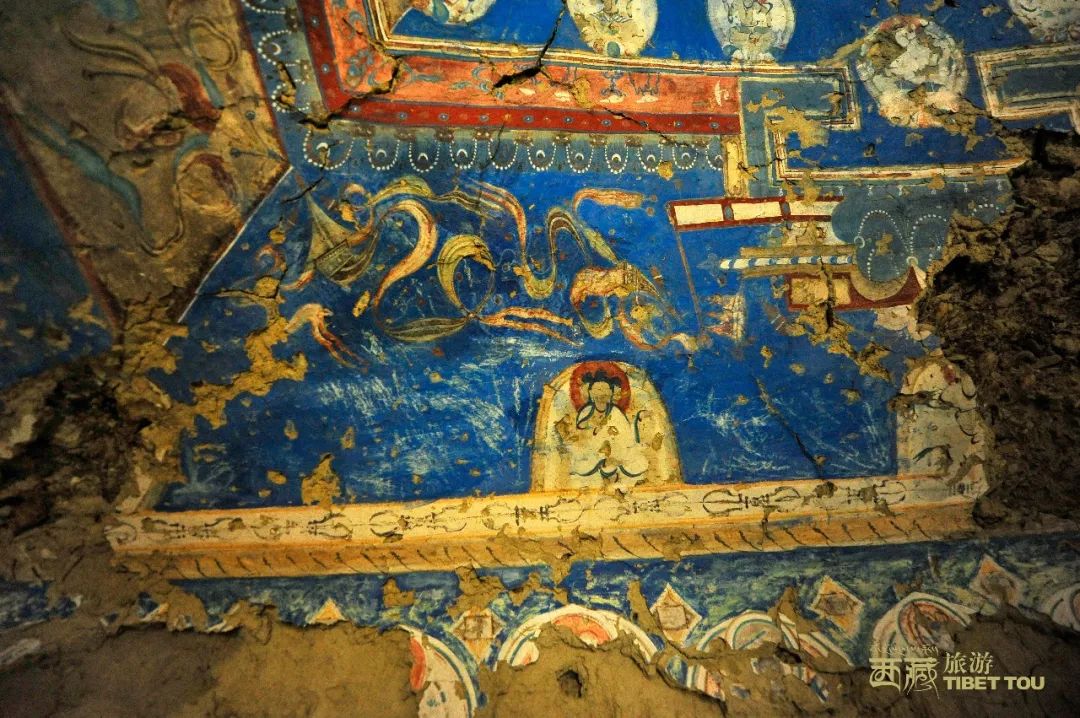
Dongga Piyang is a site of grotto murals. Dongga and Piyang are the names of two neighboring villages here. Donggapiyang is located on the rocky cliff near these two villages.
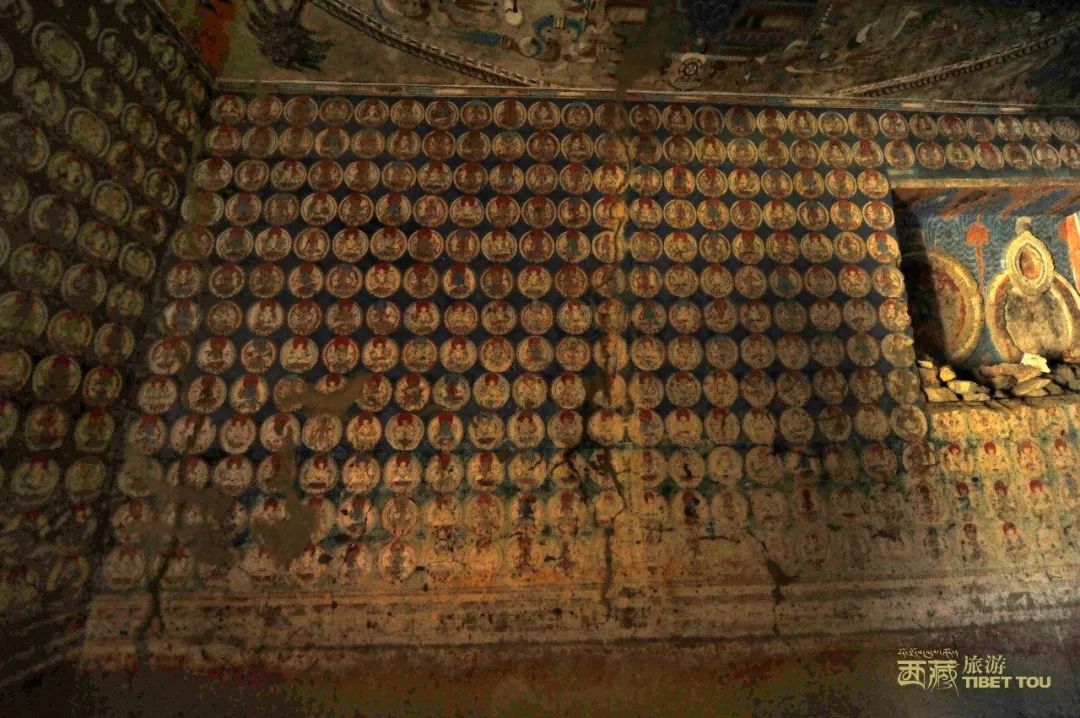
The part of the ruins in Dongga Village is a group of grottoes, which is the largest Buddhist cave site discovered in China; the ruins are distributed in the part of Piyang Village, which is a complex composed of temples, castles, grottoes and tower forests. Large-scale ruins, the total scale is larger than Dongga (if we only talk about the size of the grottoes, Dongga Village is the largest), it belongs to one of the eight major temples built during the Rinchen Sangbu period of the Guge Dynasty. It was built in the 10th century and was once the An important cultural center of the Guge Kingdom. The grotto paintings are painted with mineral pigments, so the colors are intact.
Attraction type: Grotto murals
Address: Kaerdong City Site, Menshi Township, Aligar County, Tibet
12. Zhida Buri Temple
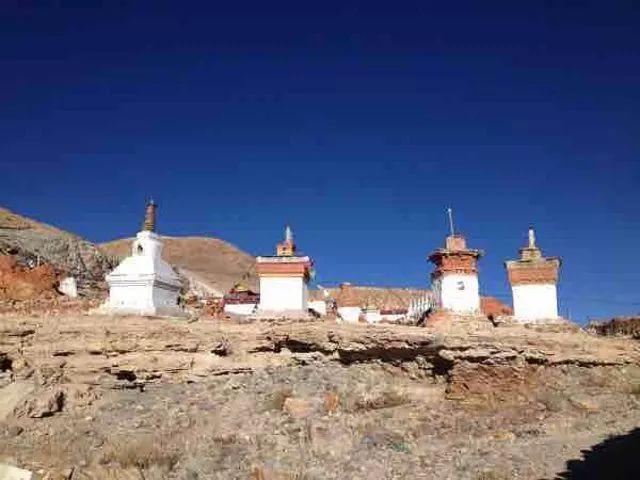
Zhida Buri Temple is located in Menshi Township, Gar County, 60 kilometers away from Mount Kailash and 200 kilometers away from Shiquanhe Town. The main offerings in the temple are Master Padmasambhava, the statue of Infinite Light Buddha, Sakyamuni Buddha, Dakini Yeshe Cuojie, and the footprints of Dorje Parmu when he was 8 years old. There are natural hot springs, weathered stone forests, dakini stage, dakini secret path, etc. around the temple. It is known as “the gateway of Gang Rinpoche” and “the collar of Gang Rinpoche” .
Attraction Type: History and Humanities
Suggested play: 3–4 hours
Tickets: 15 yuan
Address: Menshi Township, Gar County, Ngari Prefecture, Tibet
13. Torin Temple
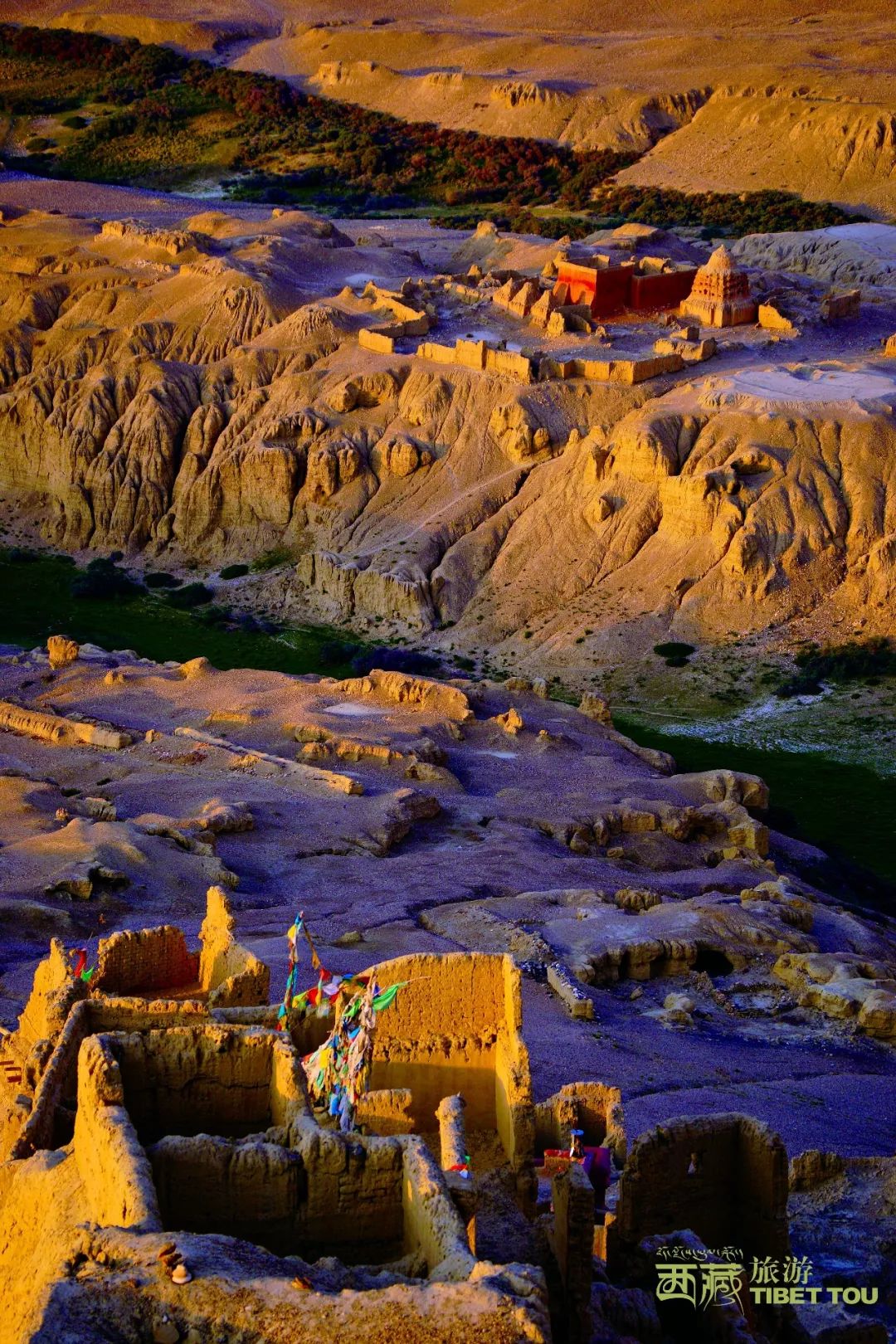
Tuolin Temple was first built in the Northern Song Dynasty, and it was the first Buddhist temple built in the Ngari area by the Guge Kingdom (10th to 17th century A.D.). In 1996, it was listed as a “National First-Class Cultural Relics Protection Unit”. Tuolin Temple means “Flying Temple”.
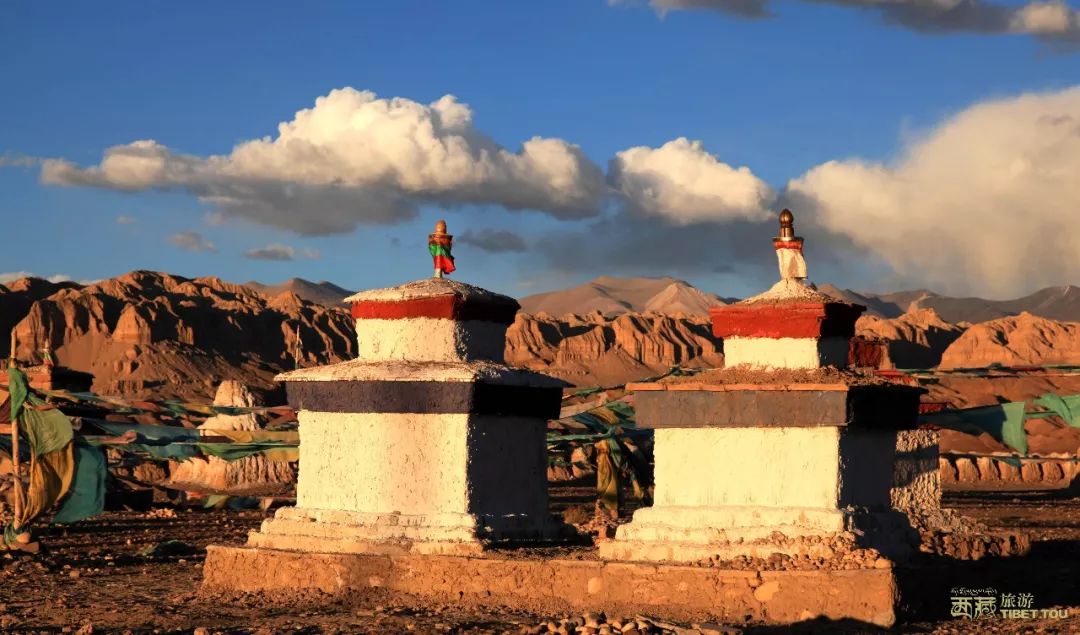
There are “Three Treasures” in Tuolin Temple: one is elk horns, which are said to have been brought by Atisha from India, and others are said to be an elk horns from the place where Buddha taught scriptures; It is said that it was worn by the first Khenpo of Tuolin Temple and passed down to later generations. Every Khenpo of the temple wears this crown in Buddhist activities; Footprints penetrated an inch or so deep into the stone, and the palm prints were very clear. It is said that these were the footprints left by Venerable Atisha.
Attraction Type: History and Humanities
Suggested play: 3–5 hours
Tickets: 50 yuan
Opening hours: 8:00—19:00
Address: On the banks of the Xiangquan River in the northwest of Alizada County, Tibet
14. Kejia Temple
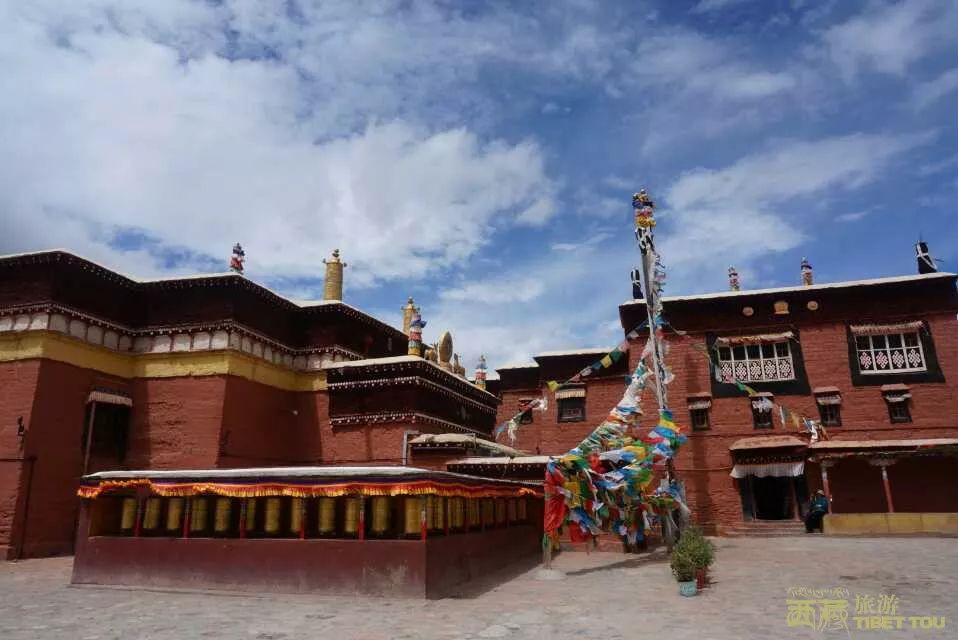
Kejia means “settlement” in Tibetan . It was founded in 996 by the great translator Rinchen Sangpo. Kejia Village is built with the temple as the center, with an east-west layout. According to records, first there was Kejia Temple and then there was Kejia Village, and the village got its name from the temple.
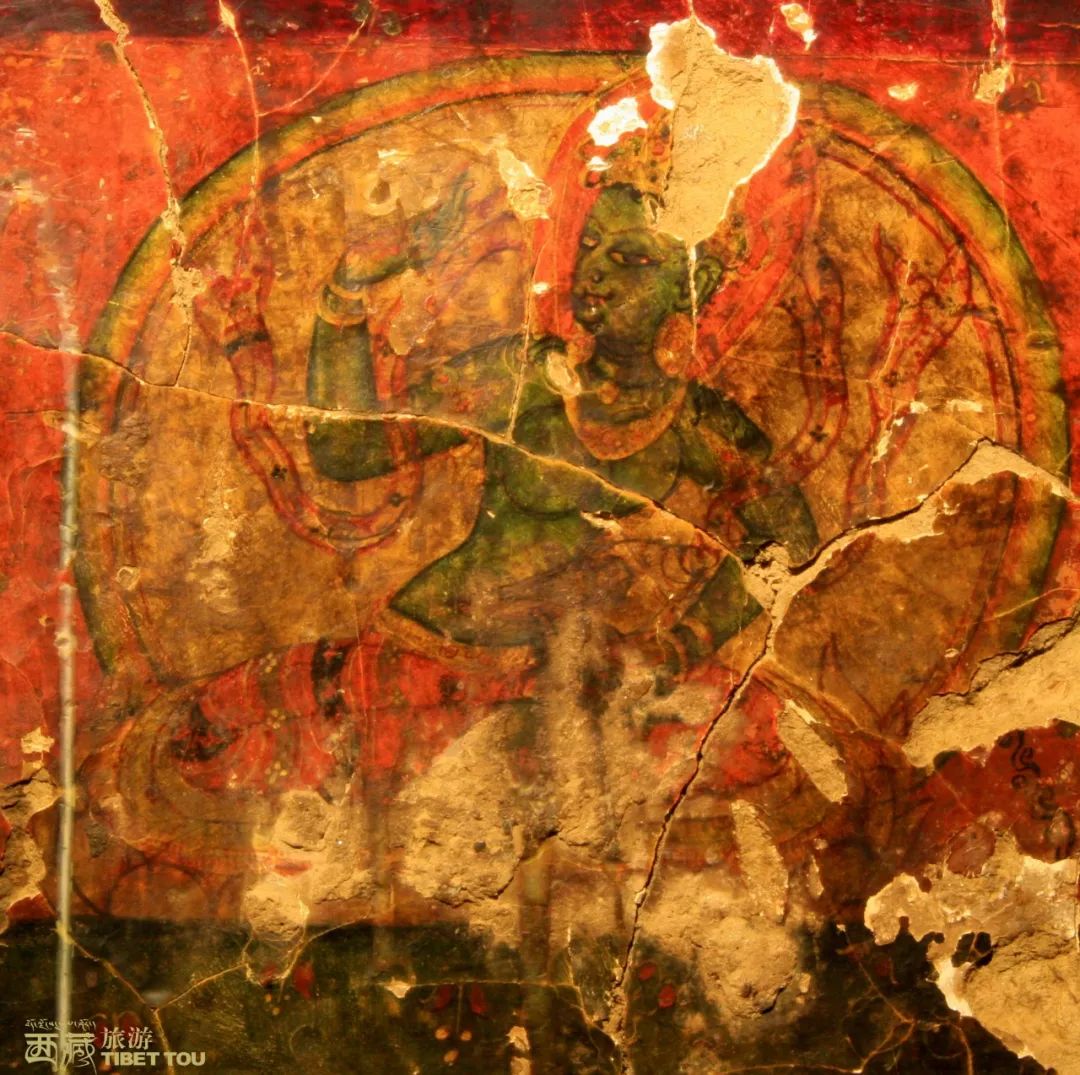
Kejia Temple was built according to the terrain, surrounded by mountains and rivers, facing north from south, surrounded by high mountains from north to south. The entire temple hall is majestic, with various scripture halls, monk houses, and stupas set off against each other.
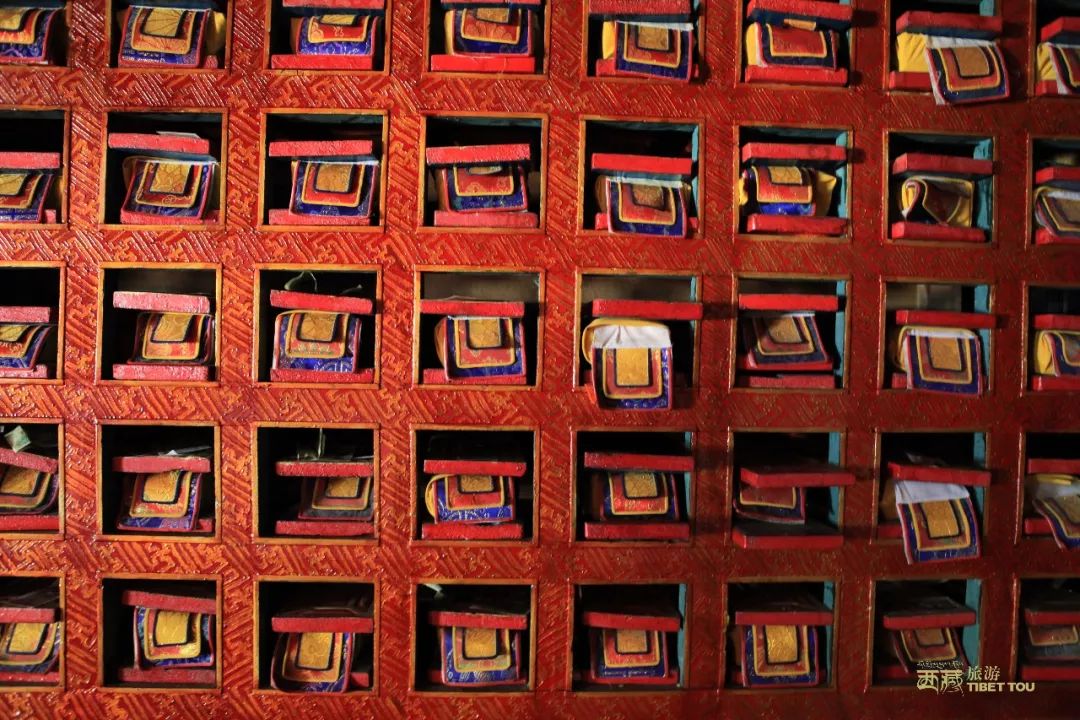
The architectural art style of the temple is unique, and the construction technology is excellent, but it is a pity that some of them have been damaged; there are more than 100 volumes of the Tripitaka originally stored in the temple, and only 6 authentic volumes remain;
Attraction Type: History and Humanities
Suggested play: 3–5 hours
Tickets: 30 yuan
Opening hours: 9:00-16:00
Address: Kejia Village, Alipuran County, Tibet
15. Xiayi Valley
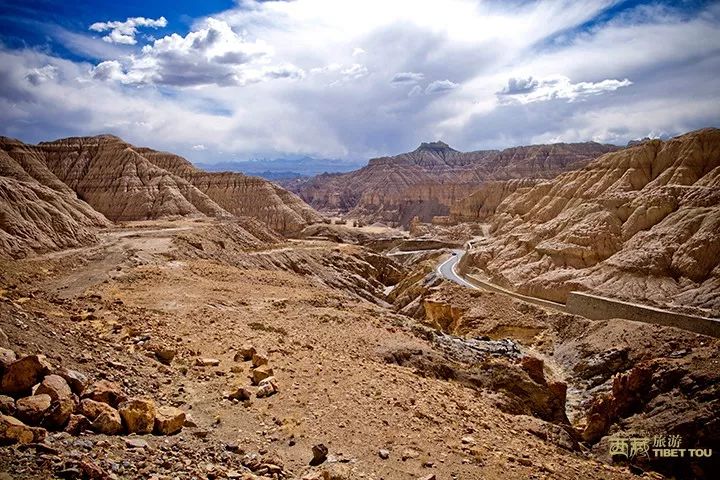
Xiayigou, its name is not widely known. On Baidu, you can’t search for its name.
It is hidden in the soil forest and has a unique scenery. Ali’s soil forest seems to have fallen from the sky, which makes people marvel at the exquisiteness of nature, and Xiayigou is one of the most exquisite works of art. Amidst the desolate yellow, a piece of white soil forest looks abrupt and dazzling. When you enter Xiayi Valley, you will be attracted by the wind-eroded landform in the valley. Its spectacular scene is quite similar to the Grand Canyon of the United States.
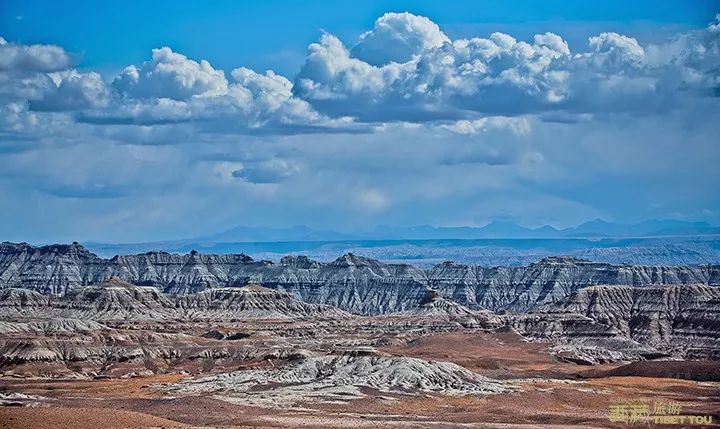
Compared with other soil forests in the Zada area, the multicolored soil forest in Xiayigou is more varied in shape, with countless columnar soil forest shapes in a well-arranged pattern. After long-term weathering and rain erosion, these jagged rocks have formed a special structure of large, medium and small , Looking like a big mushroom from a distance. Because it contains a large amount of ore, the colors are mainly yellow, red and blue. When the light is good, the colors are very rich.
Attraction Type: Natural Landscape
Address: Xiangzi Township, Zanda County, Ali, Tibet
Note: The geographical location is remote and the traffic is very inconvenient. It is best to charter a car or go with a professional team.
16. Ali Dark Night Park
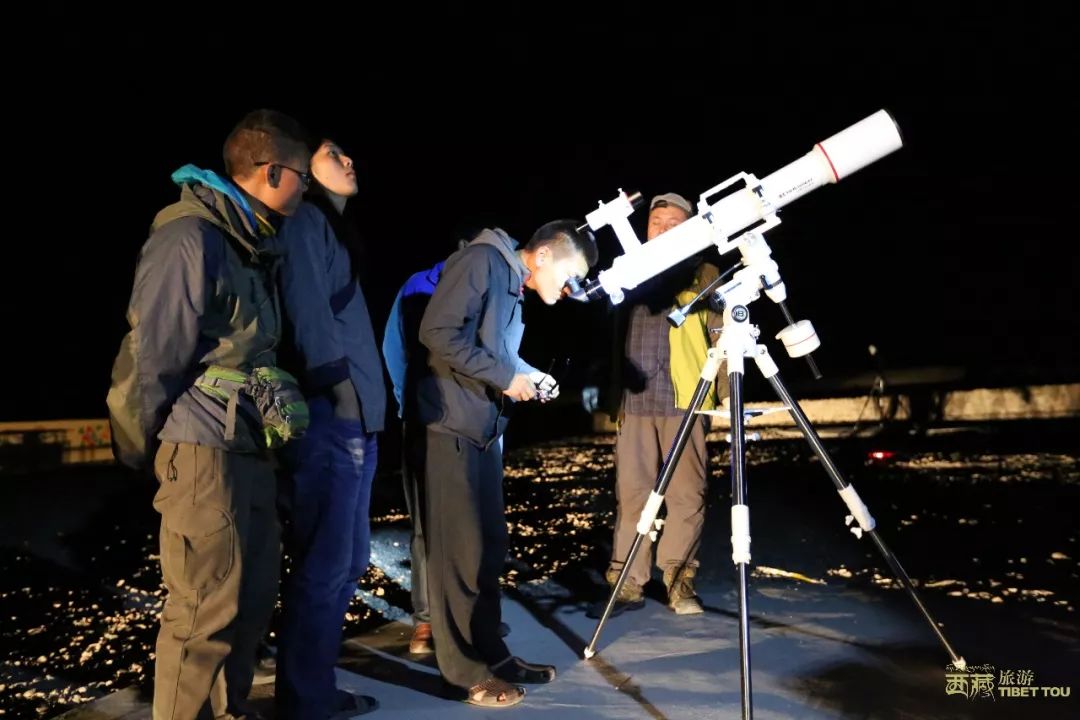
Ngari Dark Night Park is located about 25 kilometers south of Shiquanhe Town in Ngari Prefecture, Tibet, with an altitude of 4,200 meters. It is the first dark night park in China with the theme of “starry sky observation, starry sky photography, and starry sky protection”.
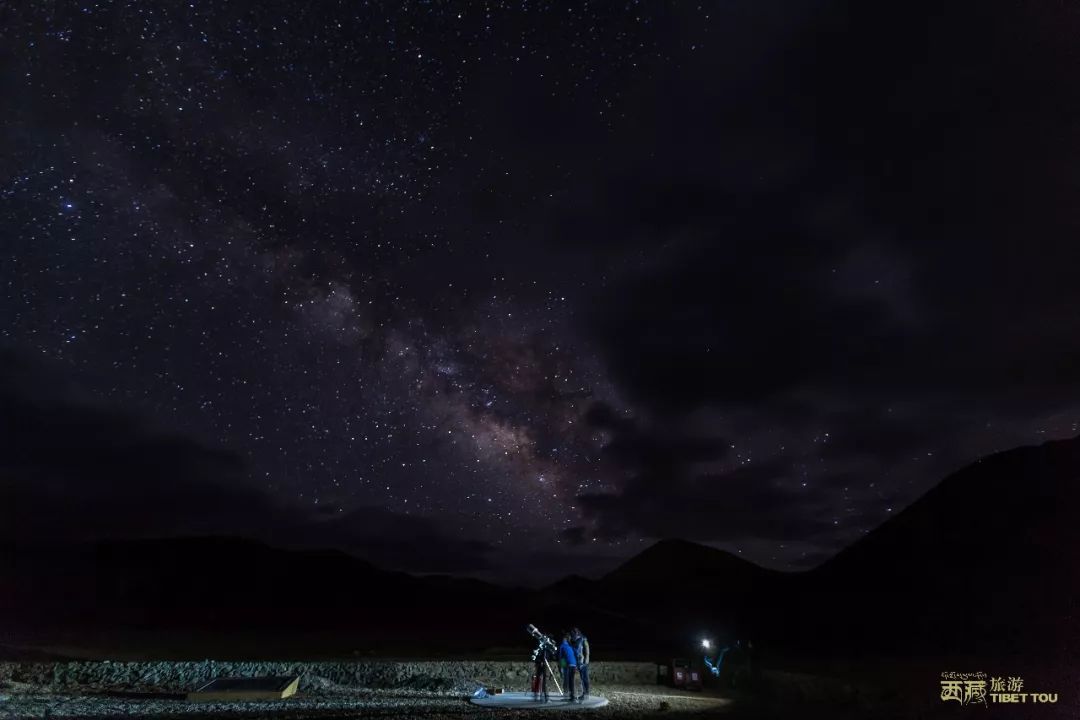
On a clear night, people can not only enjoy the colorful Milky Way in the park, but also watch the night sky map composed of thousands of colorful stars, and can easily catch meteors across the sky, experience the “star drop” The artistic conception of broad plains. The park is divided into a starry sky experience area, a telescope observation area and a passenger service area. It provides a special platform for starry sky photography for photographers, and provides 6 high-magnification astronomical telescopes for astronomy enthusiasts. At the same time, it provides light meals, rest beds and astronomy science promotional videos for tourists.
Attraction Type: Dark Night Park
Tickets: None
Opening hours: open all day
Address: About 25 kilometers south of Shiquanhe Town, Ali, Tibet
17. Magar Meadow
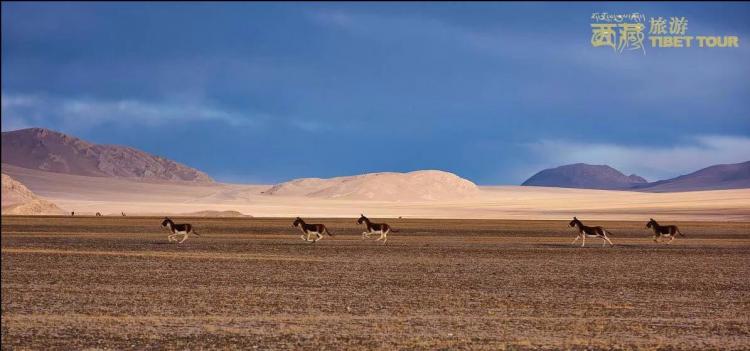
Magal Grassland is a famous prairie wetland in the Ngari area. It is close to the international lake Pangong Lake, and the lake spreads. Therefore, a small lake and wetland are formed on the edge of the grassland. It is a paradise for horses to multiply and live. The most touching and surprising thing is that the water surface of this lake is as quiet as glass, with white clouds in the sky, small hills around, and occasional water birds flying by. Their reflections are perfectly presented in the lake, with the most harmonious colors: Blue sky, white clouds, snow-capped mountains in the distance, green pastures, golden and brown hills, and horses grazing leisurely in the distance, God seems to have created the most beautiful land in the most desolate place. The beauty of vitality and artistic conception! This strong contrast can definitely impress you with the beauty of the Magar Grassland.
Attraction Type: Natural Landscape
Tickets: None
Opening hours: open all day
Address: West of Ritu County, Ali, Tibet
18. Zhacang Chaka Salt Lake
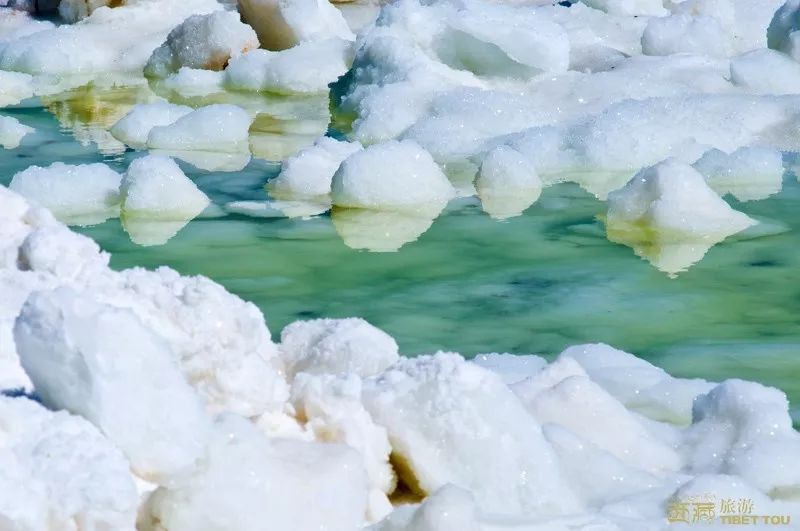
Zhacang Chaka, composed of Zhacang Chaka Ⅰ Lake, Zhacang Chaka Ⅱ Lake and Zhacang Chaka Ⅲ Lake, collectively called Zhacang Chaka, also called Zhangzang Chaka, Zhangzhang Chaka, Salt Lake, Chaka It is the largest salt lake in northern Tibet.
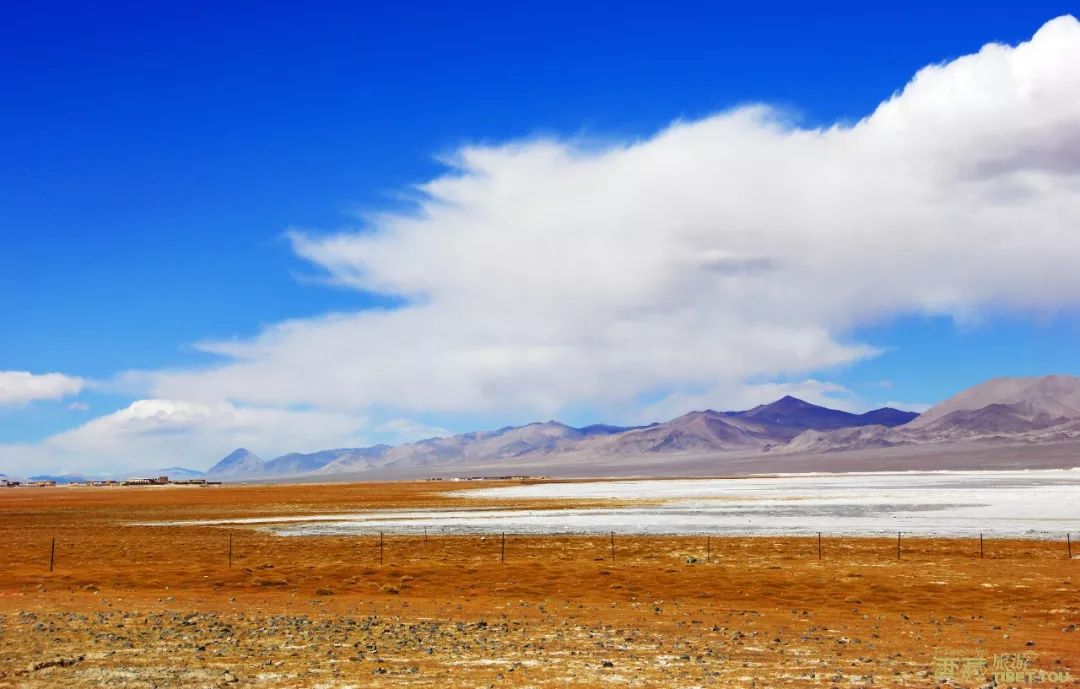
The lake basin is a closed internal flow basin, but there are no perennial rivers, relying on atmospheric precipitation and groundwater supply, especially the development of springs, often forming small streams to supply the lake basin; the springs on the south bank of the lake basin are distributed in strips for several kilometers; it is very Beautiful photo location.
Attraction Type: Natural Landscape
Tickets: None
Opening hours: open all day
Address: Near Danluma, the seat of Salt Lake District, Aligeji County, Tibet
▼ Reference route: Ali Great Northern Line lowered by one latitude
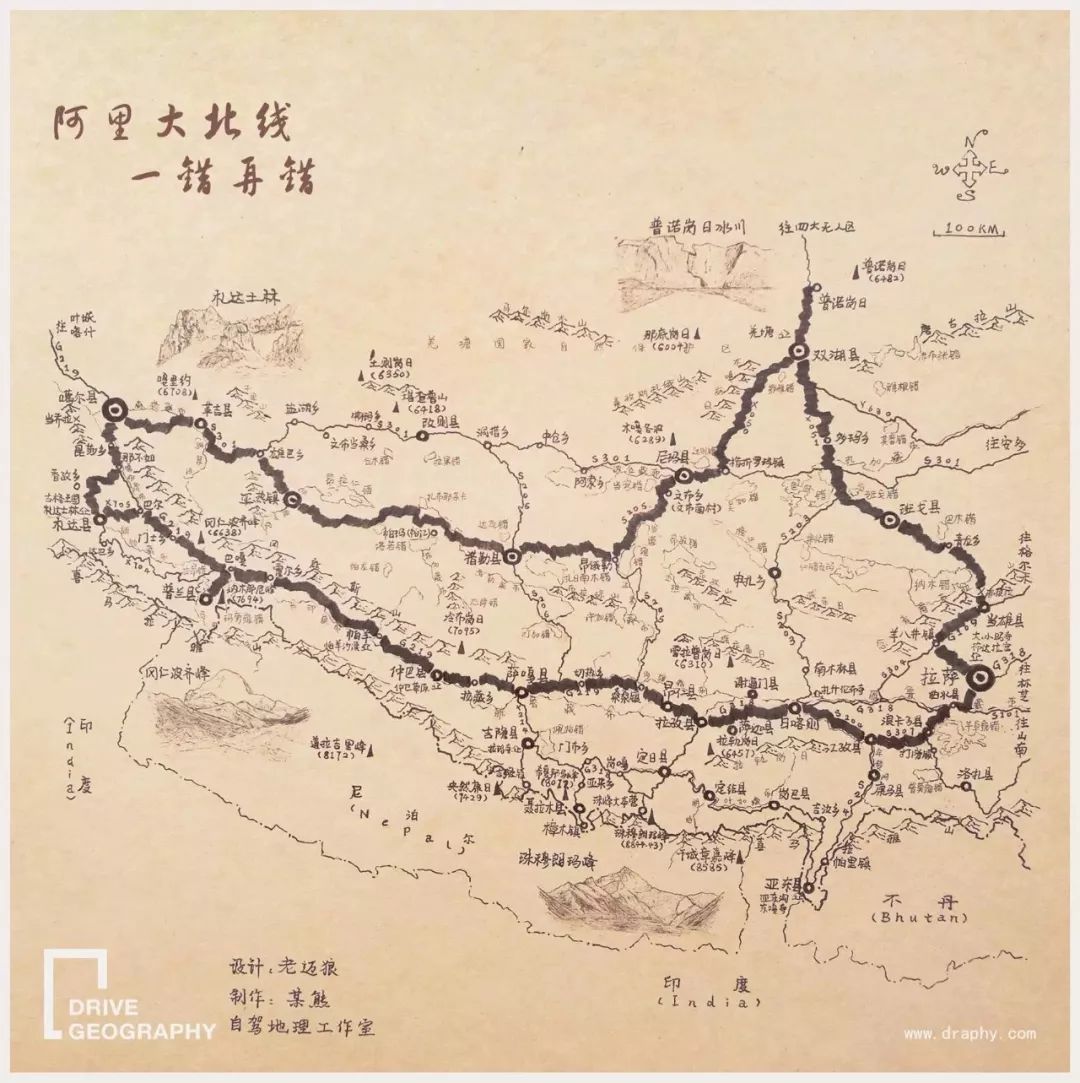
For dream seekers, Ali is the oldest dream
For the departed, Ali is the ultimate memory
For the yearning, Ali is the most obsessed sanctuary
For walkers, Ali is the ideal journey
…
——Chinese National Geographic
Graphic source:Cao Kexin Self-driving geography




